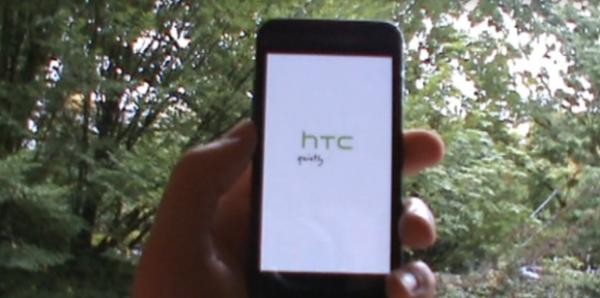


Quick boot android update#
Quick Boot was first released with Android Studio 3.0 in the canary update channel and we are excited to release the feature as a stable update today. There are also further optimizations to CPU and I/O performance, and improved OpenGL ES 3.0 support. Quick Boot works by snapshotting an emulator session so you can reload in seconds.

In particular, the Android Emulator is now more efficiently managing RAM usage through the Mac and Linux hypervisors and a new version of Intel HAXM on Windows. It also points out that the emulator images for API 24 and above are now Android CTS (Compatibility Test Suite) compliant and there are many other performance enhancements. Google's blog post highlights Quick Boot and the addition of the Play Store. But that's not going to be a problem anymore the Play Store app and services are now included with emulator images for API 24 (Nougat) and above. The official emulator images didn't ship with a version of the Play Store, which meant apps had to be sideloaded and some of the Google Play services weren't available. One of the challenges to developing apps with in-app purchases, or anything that requires the Play Store API, is that developers had to switch to a physical device to test them. Launching the emulator won't be an excuse to go for a cup of coffee anymore. This is obviously dependent on underlying system performance and specs, but any computer will see significantly faster startup times. According to Google, the re-engineered snapshot support allows the emulator to start up in under 6 seconds.


 0 kommentar(er)
0 kommentar(er)
